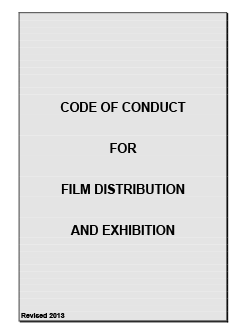The Exhibition industry is transitioning into a new business environment. Social media, digital files, real time data. All these recent developments have brought disruption to our industry. Due to this, traditional aspects or processes may need to change.
In this section we will explain many of these aspects and how we as a community should approach these issues going forward.
The starting point for understanding your rights as a cinema is the “Industry Code of conduct (2013)“. This document is old and out of date, however, it is the starting point for how Exhibitors and Distributors in the industry should deal with each other. If you are a cinema owner, SCO would highly advise you read this document and also refer to the “Notice Of Dispute” as an indication of what the Code allows you to dispute.
After, it is also expected you will have many questions. Thats what SCO is here for. Become a registered member and start asking questions of the group. We are happy to help.
Some Examples of interesting discussion at SCO are:
- Social networking and the internet no longer makes platform release a suitable path. For example, allowing major locations to have films many weeks before smaller cinemas. The social media effect has shown that marketing hype and social media traction drops quickly after the release date. (See Numero film analysis) Restricting access to a film only results in restricting possible profit as these factors diminish significantly before the public have legal access to the content. (On average, the potential profit of a film goes down by 45% each week after release date. Starting the film 4 weeks late restricts you to under 10% of the possible turnover of a film. (Statement based on Numero Data))
- The implementation of digital cinema has removed the need to restrict access to a release. Film no longer cost $2500-$3000 per copy to get to a location. It now only cost a small fraction, $100 currently and going down. In effect it costs nothing to distribute a film for a distributor. As such, there is no sensible reason not to release content to the whole of the exhibition network, big or small, on the release date as advertised.
- Digital delivery of content is already available in any location with the NBN. In a few years it should be available to the whole of Australia. With the use of digital delivery, many thousands of dollars in couriers costs and hundreds of hours in labour, per year, will disappear as DCPs will simply appear at location soon after they are scheduled. (See recent ISDCF paper covering the capability)
These are only some small examples of were we can improve the business opportunities for small cinema owners.


